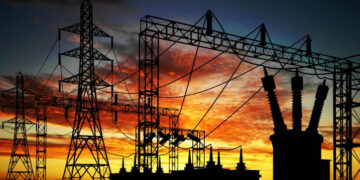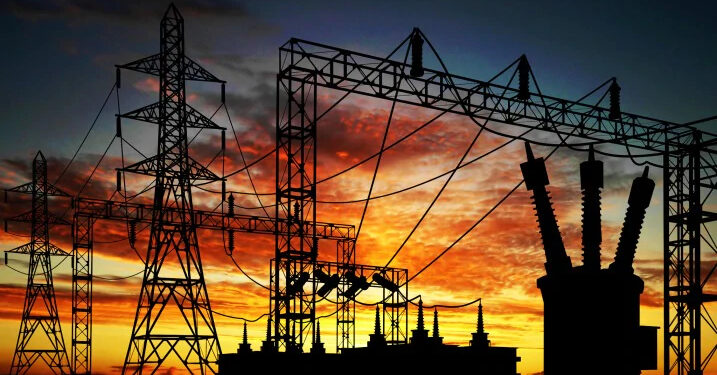By John Ikani
Nigeria’s power supply woes have deepened as the national grid suffered its seventh collapse of the year. On Monday, at 1:33 PM, the grid completely shut down, plunging the country into darkness once more.
According to data from the Independent System Operator (ISO), power generation had peaked at 4,067.77 megawatts (MW) before plummeting to zero. Several power plants, including Afam IV & V, Afam VI, Azura-Edo IPP, and Dadinkowa, reported similar drops from their peak generation levels to zero.
Other power plants like Delta, Egbin, Geregu, Ibom, Ihovbor, Shiroro, Sapele, Rivers IPP, Paras energy, Omotosho, Omuku, Jebba, Kainji, Odukpani NIPP, Okpai, Olorunsogo, and Olorunsogo NIPP also experienced significant drops in generation before the total collapse.
Nigeria’s power grid has a history of frequent and debilitating collapses, significantly impacting the lives of its citizens and hindering economic growth.
These recurring blackouts are a result of a complex interplay of factors, including inadequate infrastructure, insufficient power generation capacity, and a lack of investment in grid maintenance and expansion.
The consequences of these failures are far-reaching, leading to productivity losses, disruptions in essential services, and increased reliance on costly alternative power sources.




































